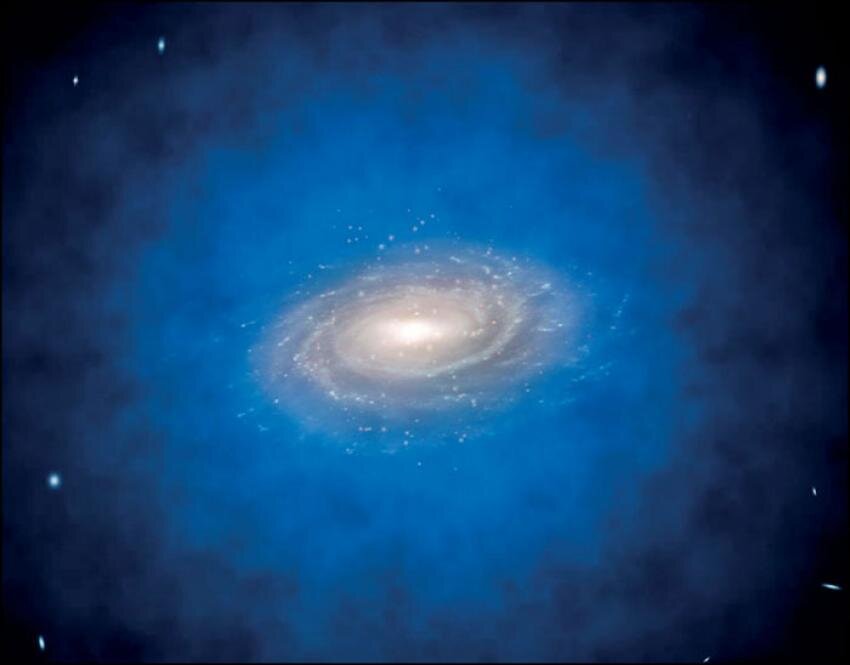
A team of researchers at the International Center for Relativistic Astrophysics has found evidence that suggests Sagittarius A* is not a massive black hole but is instead a mass of dark matter. In their paper published in the journal Monthly Notices of the Royal Astronomical Society: Letters, the group describes the evidence they found and how it has stood up to testing.
For several years the scientific community has agreed that there is a mass at the center of the Milky Way galaxy and that the mass is a supermassive black hole—it has been named Sagittarius A*. Its presence has never been verified directly, however, instead it has been inferred by noting the behavior of bodies around it...
Read More







Recent Comments